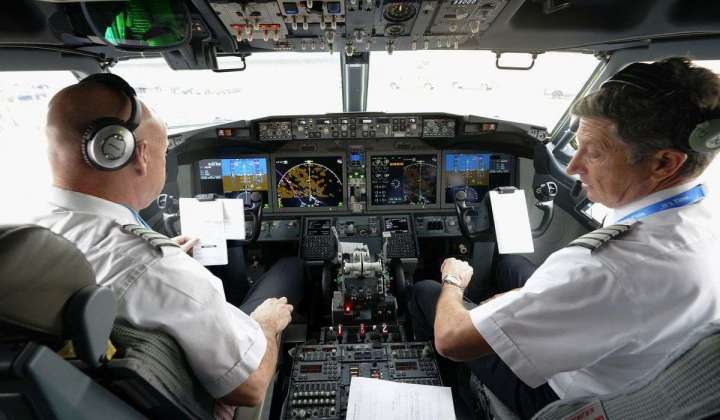New commercial planes must have second cockpit-blocking barrier by mid-2025

New commercial aircraft will have to be built with a second barrier blocking the cockpit from passenger intrusions starting in mid-2025, the Federal Aviation Administration announced Wednesday.
Only commercial airlines with scheduled flights will be affected, as the rule does not apply to operators of charter flights.
The purpose of the barriers is to provide protection to the flight crew while the main cockpit door is open. In the event of an attack, the secondary barrier is intended to slow the assailant long enough for the main cockpit door to be closed and locked.
“No pilot should have to worry about an intrusion on the flight deck,” David Boulter, acting FAA associate administrator for aviation safety, said in a statement.
The purchase and installation of these secondary barriers is estimated to cost $35,000 each.
The rule was initially mandated by Congress in 2018, although the FAA did not issue a proposed rule regarding the new barriers until 2022 after soliciting input from the air travel industry.
The pilots unions wanted all applicable planes retrofitted with the new barriers to avoid creating a known security gap that attackers could exploit, and wanted them installed within a year.
The airlines wanted the rule to apply only to new types of planes. That would have allowed aircraft from existing model lines made after mid-2025 to skip the second barrier and wanted three years to ensure compliance.
The FAA rule takes the middle ground. Existing planes will not have to be retrofitted. All new planes, no matter the model, will be required to have the second barrier starting in mid-2025, giving airlines two years to comply with the rule.
Air Line Pilots Association President Jason Ambrosi applauded the rule, but called for the passage of a law that would mandate existing planes be retrofitted.






